Cultivation of perches (yellow leaves)
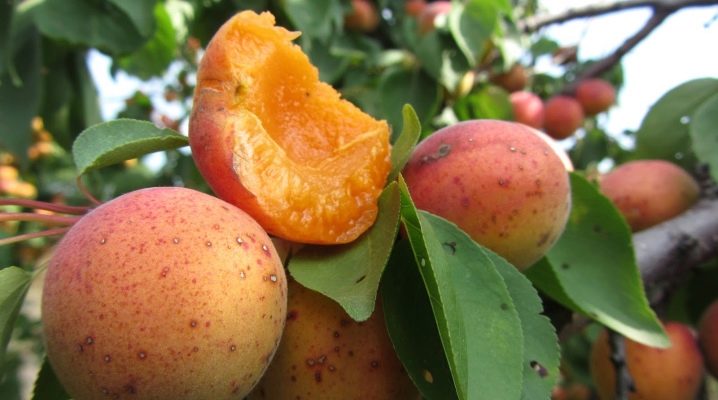
Before growing a perch, you need to pay attention to its characteristics and be able to distinguish a wild varietal variety from an ordinary apricot. Due to its unpretentiousness, this crop is recommended for growing to novice gardeners.

What it is?
The zherdela is a wild variety of the classic apricot, which is also called "yellow cream". Such a game usually reaches a height of 16-18 m, is distinguished by good taste of fruits and resistance to the external environment.
Zherdel (you can also often find the name "dried apricots") is characterized by more pronounced beneficial properties for the human body.
The main differences between the two plants are in the size and pulp of the fruit, bone structure, tree height, and several other visual characteristics.

The main differences from apricot
With the naked eye, you can see certain differences between the perch and the apricot. Horticulturalists identify the following discrepancies in the two plants:
- The size. The fruits of apricots are much larger than wild ones.
- Pulp. Apricots have more juicy and fibrous pulp, the vents are homogeneous and sour.
- The bone. The pith of an apricot is more tender and can be eaten. Wild game bone has a denser structure and is inedible.
- Thorns. Observed exclusively in the wild.
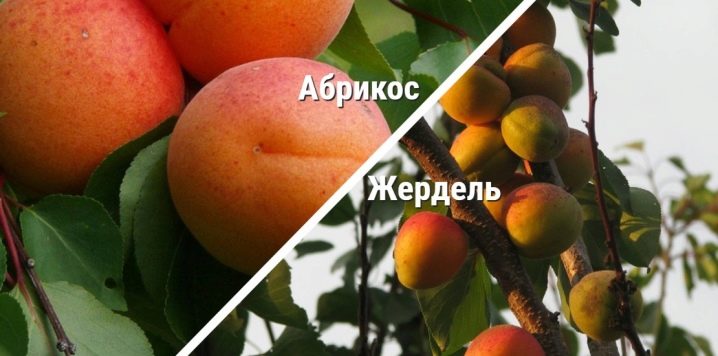
A correct understanding of the above differences will help you to better recognize the culture. Such knowledge makes it possible not to be mistaken before purchasing a plant and to avoid a number of mistakes made by novice gardeners.
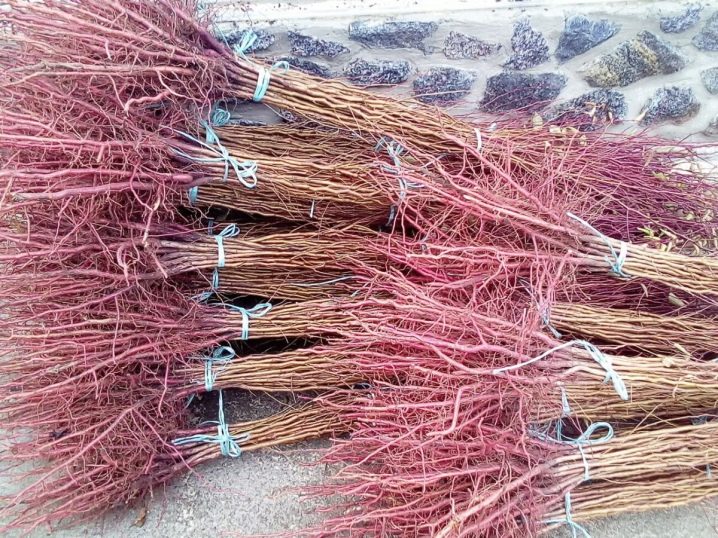
The appearance of the tree
One of the most common attributes that can be used to quickly identify a tree is its visual characteristics. It is recommended to pay special attention to a detailed description of this indicator. Without it, further actions to identify the variety are meaningless.
The first significant trait indicating a visual difference between cultivars is the size of the fruit. In most cases, the fruit vents are significantly smaller than the apricot.
A significant difference is also noticeable in the fruiting process. If the poles are more tall, have an increased diameter of the crown and a large number of small fruits, then the apricot tree is usually smaller in size, differs in compact foliage and large fruits.
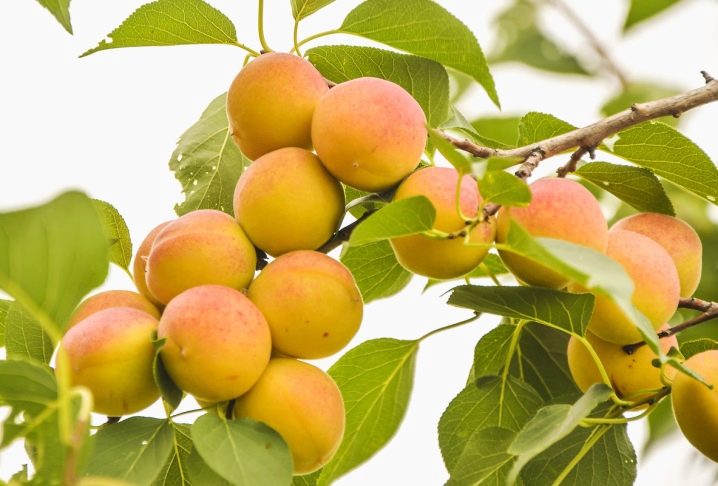
Bloom
Apricot flowering is a process of high aesthetic value. This variety usually blooms in pinkish-white shades, which can greatly decorate the garden space and draw the attention of guests.
The flowering of the vents is less intense. A significant difference between this varietal variety of wood and apricot is the intense fall of foliage.

Fruit aroma and taste
In most cases, the vents are characterized by a pale yellow or burgundy hue. The apricot fruit is close to a bright orange color. Since the color mainly depends on the cultivated varietal variety, it is not worth distinguishing between trees solely by color.
Unlike the vents, which are practically devoid of any smell, the aromatic properties of apricot are quite persistent and pronounced. Recognizing a tree by this characteristic is not particularly difficult.
In terms of taste, apricots have a sweeter and more juicy pulp. Conversely, the fruit of a zherdel is often characterized by a slight sourness, bitterness, and a tough and dense flesh structure.
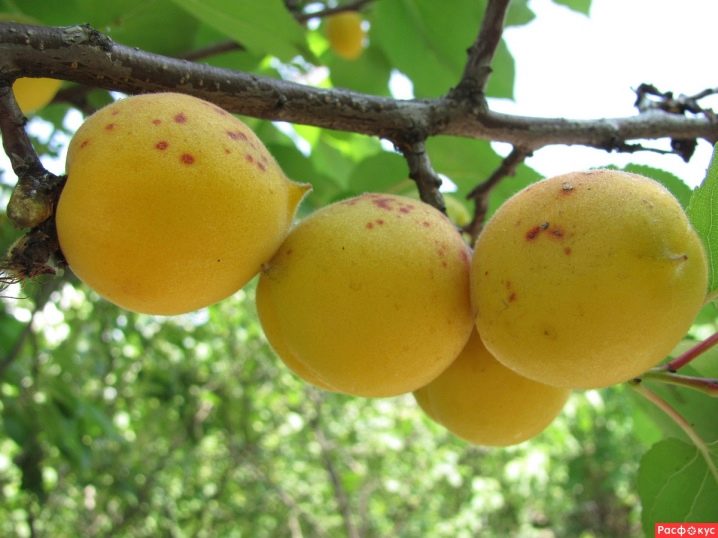
Other
In addition to the obvious visual, aromatic and taste differences between the two varieties, special attention should be paid to the frost resistance of the trees. Apricot does not tolerate frost well enough, which often leads to damage to flowers and young shoots - therefore, to a decrease in the total quantity and quality of the crop.
The apricot is also negatively affected by direct sunlight, which can cause numerous burns on the foliage, branches or fruits of the plant. This tree is also often subject to infectious diseases.
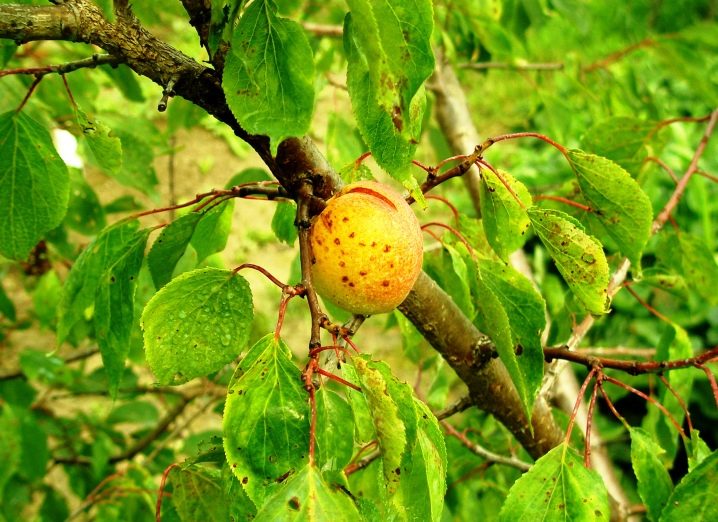
Zherdela is a unique crop that can be effectively grown in frost conditions, is less susceptible to various diseases and pests, and is also able to preserve the quality of the fruit when exposed to direct sunlight.
Specialists have identified another distinctive characteristic of the two types of culture. We are talking about a stone, which in an apricot is much smaller and more tender. The inner core of the vents is inedible and has a denser structure.
While the apricot often begins to bear fruit in June or August, the poles can yield several times a year, depending on the growing conditions and varietal variety.
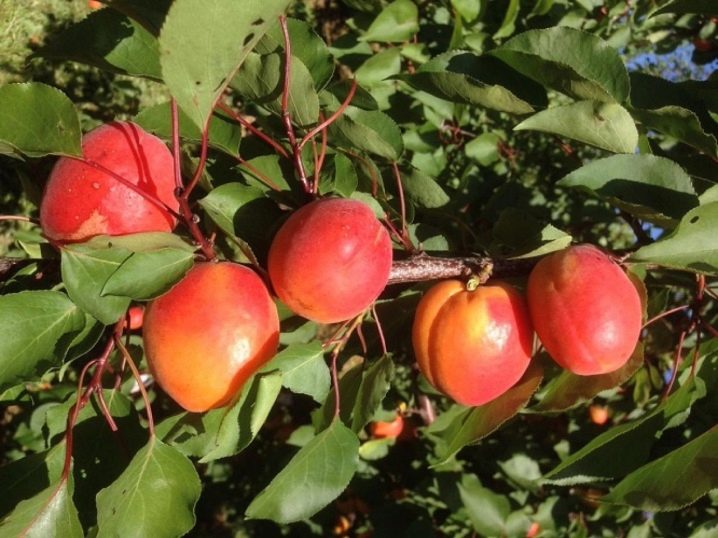
Thanks to this distinctive feature, this culture is distinguished by a fairly simple care.
Zherdela also tolerates drought quite well, as indicated by its powerful root system. This varietal variety is capable of producing fruits on a fairly poor soil, while it does not require such high-quality feeding and pruning as an apricot.

Hybrids and varieties
The varietal varieties of the plant differ based on the flavor characteristics and the size of the fruit. It is worth noting the most popular and frequently planted tree varieties recommended for planting by specialists.
- Manchurian. Original taste characteristics, distinguished by pronounced acidity and slight astringency. The variety is resistant to strong changes in temperature conditions.
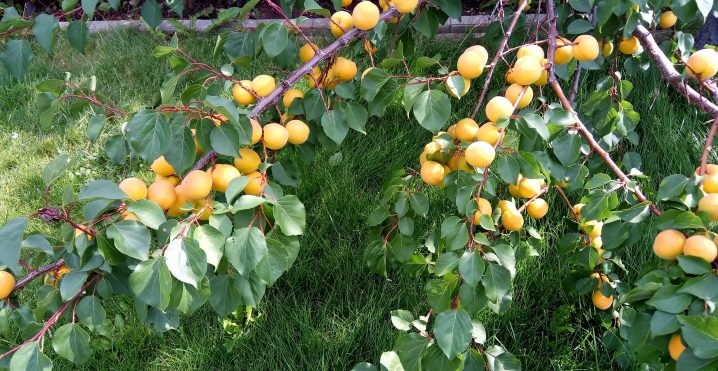
- Siberian. A type of plant, the main advantage of which is unpretentiousness to external conditions and a small tree height - up to 3 m. It can grow at sub-zero temperatures. Distributed in Eastern Siberia, Primorsky Territory, China and Korea. Recently, it can be seen in the Moscow region.
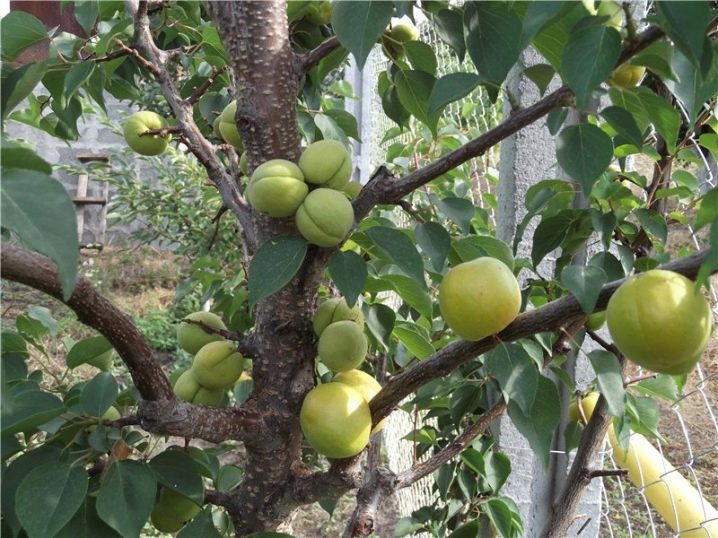
- Abundant. It got its name due to a fairly intensive and high-quality harvest. The height of the tree is 15-17 m. It prefers well-moistened garden soil.

In practice, a hybrid of Sharafuga is often grown, which was bred from wild apricot and peach. Gardeners also cultivate Plumkot and Aprium - hybrid plants created from a perch and plum.

How to plant?
Despite the fact that this varietal variety is not particularly demanding on external conditions, the gardener is advised to pay attention to the tips for choosing a planting site. Young seedlings require a fairly spacious place with a lot of warmth and light.
The more sunlight hits the tree, the better it will be able to endure wintering. This feature is explained by the fact that the culture has time to heat up and absorb the trace elements necessary to effectively maintain natural temperature conditions in the root system and trunk.
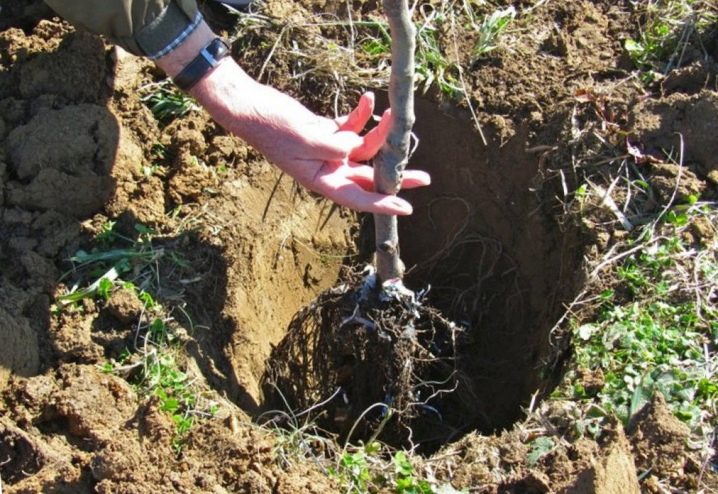
Unlike most popular apricot varieties, the zherdel is usually grown from a small pit.
There are no special recommendations for preparing material for propagation - it is enough to adhere to the basic rules.
Despite the fact that the wild variety can be planted at any time of the year, numerous experts recommend carrying out this process in the winter. This feature allows you to achieve a stronger and more powerful root system, which is not afraid of sudden changes in temperature, including values below zero.
This plant is also unpretentious in the quality of the soil mixture, which is why it quickly adapts to dry or poor soils. The main thing is that the soil is sufficiently drained.

Prolonged stagnation of liquid or moisture can harm the crop. Usually the variety is not planted on too clay mixtures.
If the plant is planned to be grown from a seedling, it must be installed in a pre-prepared hole, and then evenly distribute all the branches of the root system. Sifted soil should be poured over the main roots, which is mixed with compost or humus.
Although the plant does not need frequent moisture, it is important to water it abundantly within 2-3 days after planting. The root collar is always set 6-7 cm above the ground. Otherwise, the culture will not be saturated with nutrients.
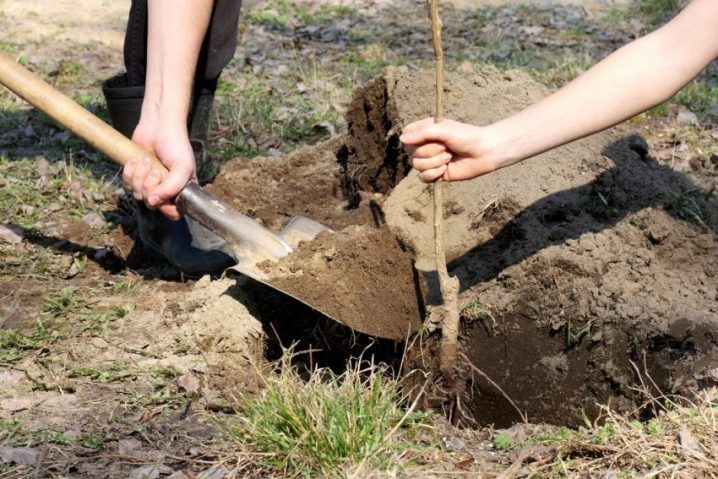
If the culture is grown in a complex, experts advise adhering to a certain distance between the seedlings installed in the soil - about 4-6 cm, depending on the diameter of the trunk and the shape of the crown.

How to care?
Zherdela is a high-yielding plant that is distinguished by rather unpretentious care conditions. Despite this peculiarity, experts in the field of horticulture still recommend following certain tips that will improve the taste, aroma and any other qualities of a wild crop.
In order to collect more than 20 buckets of fruit from one tree per season, it is necessary to fertilize it in a timely manner. Top dressing is not necessary for a given plant, but their presence can significantly increase yields.
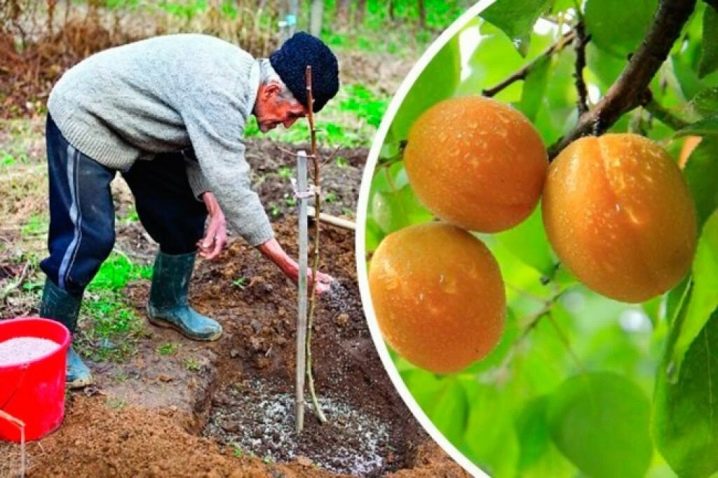
In the spring, nitrogen fertilizers are usually introduced, and in the autumn period of time, potassium supplements are introduced. Manure is always introduced into the soil no more than once every 4-5 years. For organic feeding, it is recommended to use ash or ground chicken droppings.
Before the first frost occurs, it is necessary to carry out high-quality pruning of the crop. The ovary is always formed on powerful fruit branches, which allows you to achieve a high quality harvest.
To compact the branches and supply them with energy potential, a standard pruning scheme is usually used, in which only damaged, dry or underdeveloped areas are eliminated. In the fall, additional pruning is carried out, in which old branches are removed for better germination of new shoots.
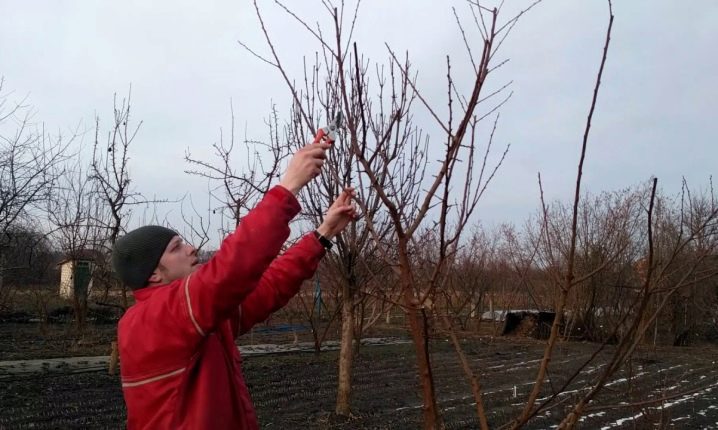
The plant can be grafted with exceptionally small cuttings, which are prepared in early autumn and carefully stored in a dry and cold place. For this, it is better to use a basement or an attic with a thick compacted roof.
Young (no more than 1-2 years old) or adult shoots, which are 5-6 years old, are used as the main stock. The rootstock is additionally grafted using the following methods:
- Copulation. An effective method of grafting a plant using cuttings. For this procedure, it is necessary to first create oblique sections of the same size on the cuttings, which are then placed parallel to the tree so that the accompanying tissues of the culture coincide with each other. The main advantage of this method is quick and easy implementation, the ability to get an early harvest and better plant development.
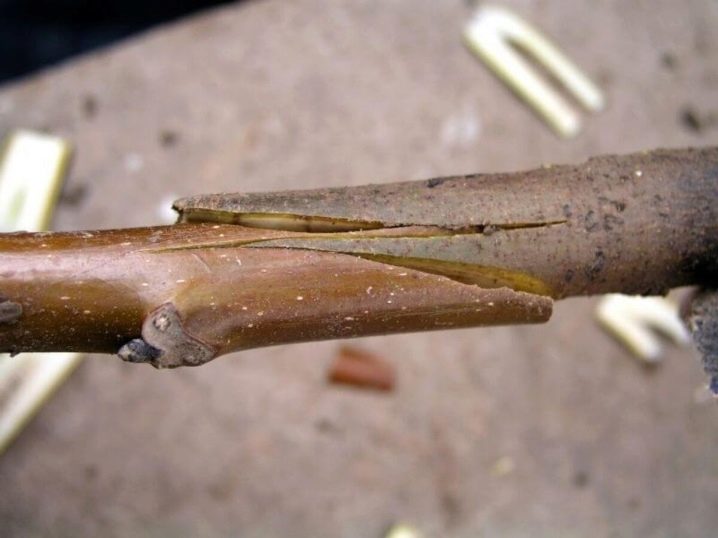
- Cleavage. This method of grafting is one of the most versatile and effective methods for updating a varietal crop.The distinctive advantages of this technique are the improvement of the root system, the development of the immune system of the tree and the ability to improve the visual or taste characteristics of the fruit. The method is also carried out using cuttings of the same size, which are installed on opposite sides of the trunk. If the plant is too young, cuttings are placed around the entire perimeter.
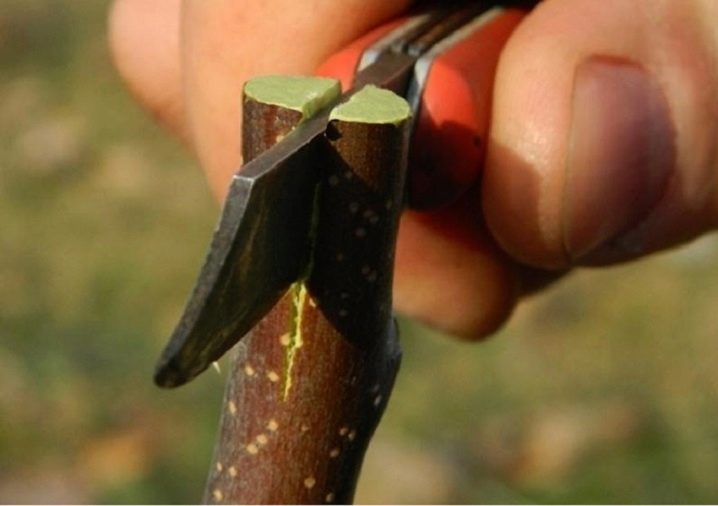
- Under the bark. This type of grafting allows not only to improve the yield, but also to correct the deficiencies of the crown, improve the immune system and rejuvenate the culture. With its help, actions are often carried out aimed at plant reproduction. This method uses pruning shears, garden lubricant and additional strapping materials. Grafting is always carried out along the central part of the trunk or individual branches with further fixation.

The above methods of grafting are carried out exclusively in the spring, which allows you to achieve maximum yield and the development of the internal biological systems of the tree. The use of techniques in winter or summer is less effective.

Diseases and pests
Zherdela is a unique varietal variety related to wild crops.
Its distinctive feature is its low susceptibility to the negative influence of various pests or diseases.
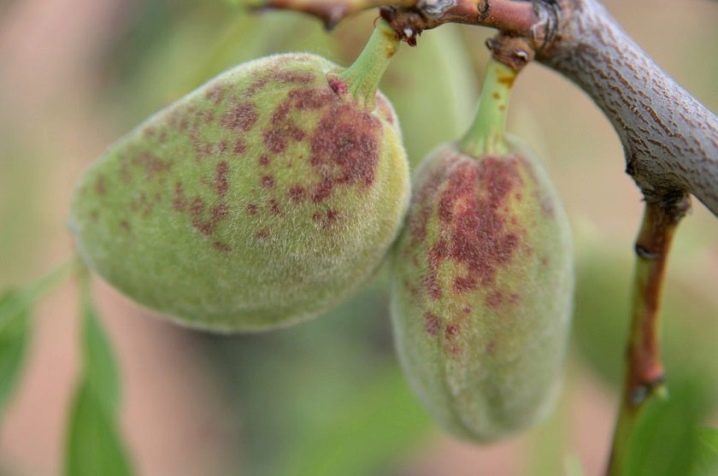
If the growth conditions and planting recommendations are not followed, the plant in most cases is affected by diseases of the fungal type.
- Cytosporosis. It is characterized by the appearance of small gray or brown bumps on the bark of the plant. To quickly eliminate this disease, it is necessary to cut off dead or dry branches in a timely manner.
- Monilial burn. Most often caused by high humidity. Distinctive symptoms are foliage drying and fruit rotting. To eliminate the burn, spraying with specialized products is used.
- Phylostictosis. A hallmark of pathology is the appearance of brown spots on the foliage. The disease leads to premature fall of foliage. In this case, the damaged shoots are removed, and the sections are treated with disinfectants.
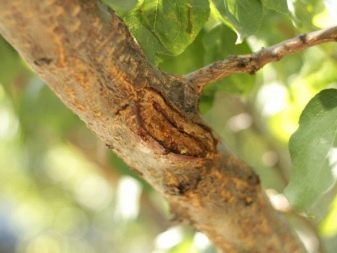
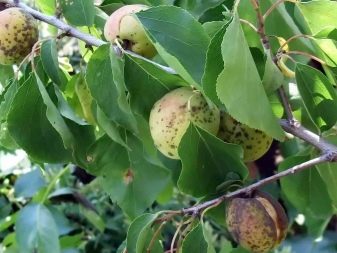
The plant is most often affected by pests such as hawthorn, weevil, leafworm and sawfly. Their negative impact is characterized by the appearance of characteristic small spots of yellow color on the foliage, dropping of buds and complete wilting. To eliminate problems, drugs are used on a chemical or biological basis.
Subject to the above recommendations for care and cultivation, a wild crop rarely suffers from diseases and is negatively affected by pests.
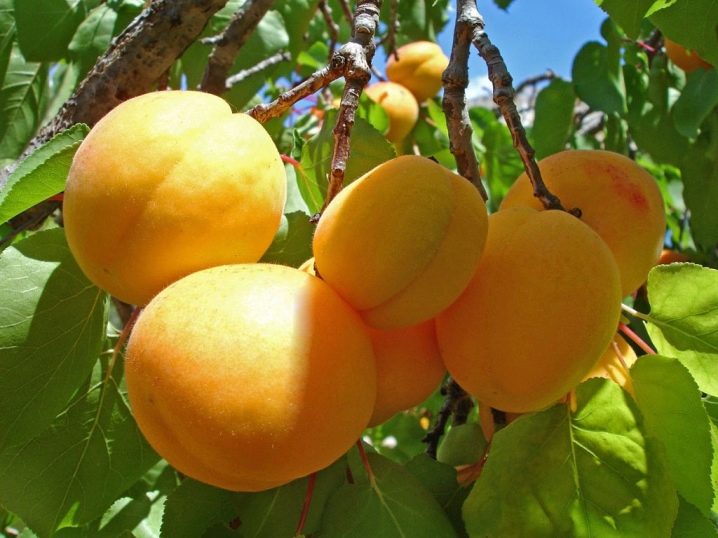



































































The comment was sent successfully.